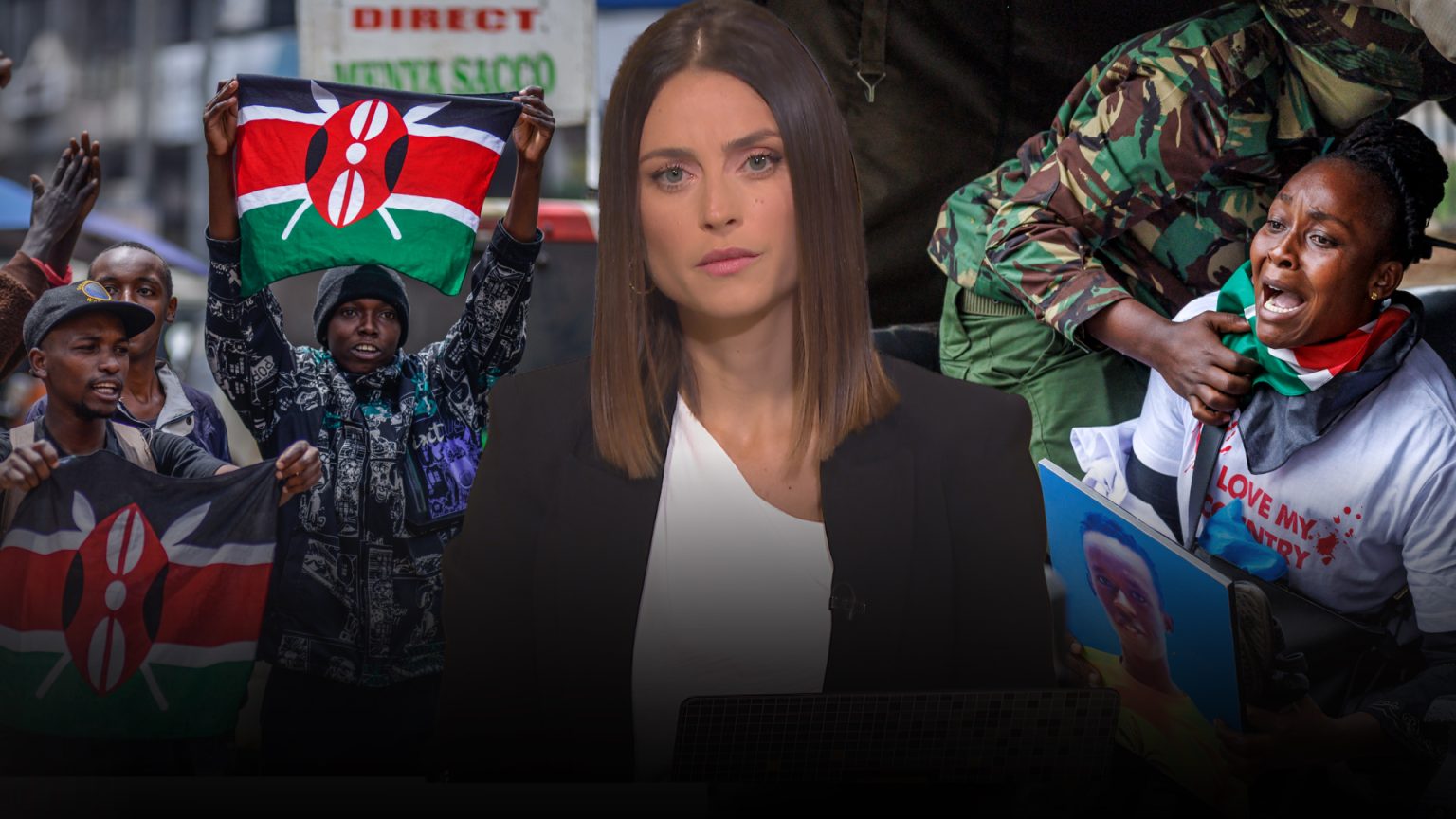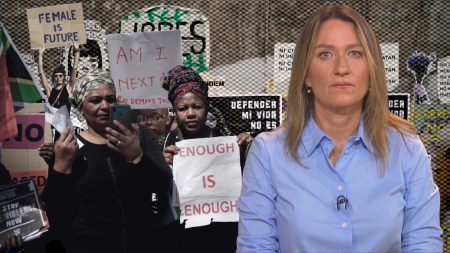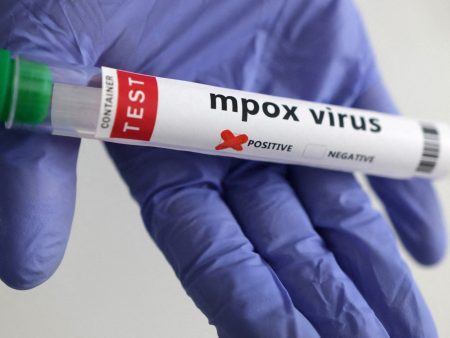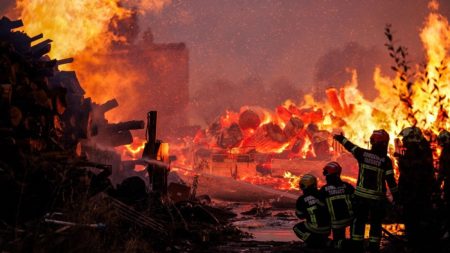The ongoing protests against the Kenyan government have seen musicians and influencers playing a crucial role in bringing attention to the cause. In a recent discussion, it was highlighted how new art and music have become integral components of the movement, with a viral protest song sampling Kendrick Lamar’s track “Not Like Us” emerging as the theme of the protests. The power of music to unite people and amplify their voices was emphasized, with Patohvin noting that music can serve as a rallying cry that transforms passive discontent into active resistance.
The importance of artists in the protest movement was further emphasized by the guests on the show, which included performing artist Octopizzo, singer and songwriter Maya Amolo, artist and student Sabi Wu, and poet and performing artist Mutuma Mutua. Their contributions to the protest movement through their respective art forms have helped to galvanize public support and bring attention to the injustices faced by the people of Kenya. Through their music and art, these individuals have been able to capture the mood of the protests and inspire others to join the cause.
The protest song that samples Kendrick Lamar’s track has resonated with many people in Kenya, with its powerful message and catchy tune creating a sense of unity and solidarity among protesters. The song has become a symbol of the movement, serving as a call to action for those who are dissatisfied with the current state of affairs in the country. By harnessing the power of music, protesters have been able to convey their message in a creative and impactful way that has captured the attention of the public and the government.
In addition to music, art has also played a significant role in the protest movement, with visual artists like Sabi Wu using their talents to create powerful imagery that reflects the spirit of the protests. Through their artwork, these artists have been able to communicate complex ideas and emotions, helping to raise awareness about the issues at hand and mobilize support for the cause. By combining music and art, protesters have been able to create a multi-faceted and dynamic movement that has captured the imagination of the public and inspired change.
The guests on the show discussed how their art and music have been influenced by the protests, noting that the energy and momentum of the movement have inspired them to create work that reflects the spirit of resistance and resilience. By channeling their creativity into their respective art forms, these individuals have been able to contribute to the protest movement in a meaningful way, using their talents to shine a spotlight on the issues facing their country and bring about positive change. Through their collective efforts, musicians and artists have been able to make a significant impact on the protest movement, helping to amplify the voices of the people and push for much-needed reform.
As the protests in Kenya continue to gain momentum, it is clear that musicians and influencers will continue to play a crucial role in driving the movement forward. By harnessing the power of music and art, protesters have been able to galvanize public support, raise awareness about the issues at hand, and inspire change. The creativity and passion of artists like Octopizzo, Maya Amolo, Sabi Wu, and Mutuma Mutua have been instrumental in shaping the protest movement and highlighting the need for reform in Kenya. As the protests continue to evolve, it is likely that music and art will continue to be powerful tools for driving change and bringing about a more just and equitable society.













